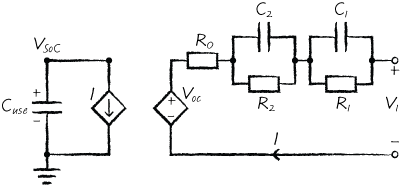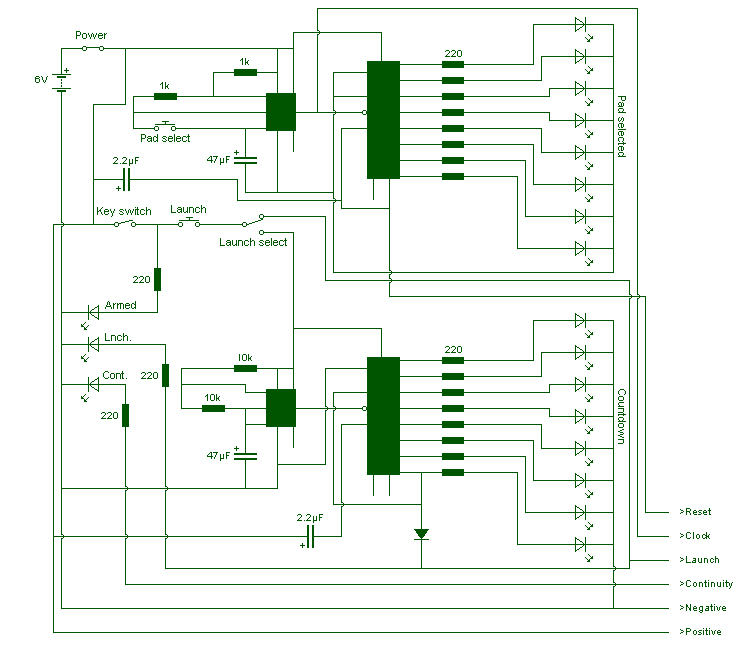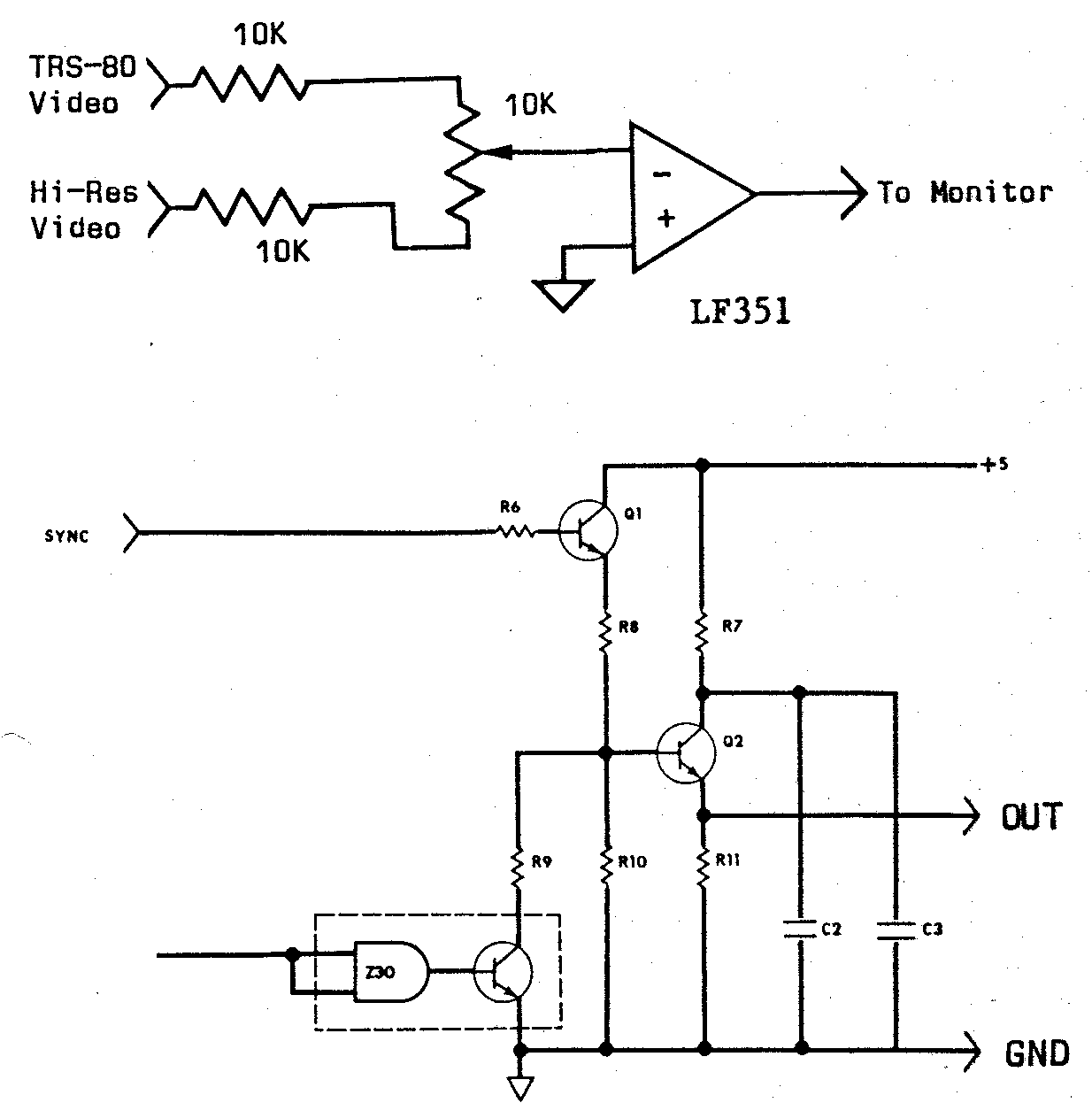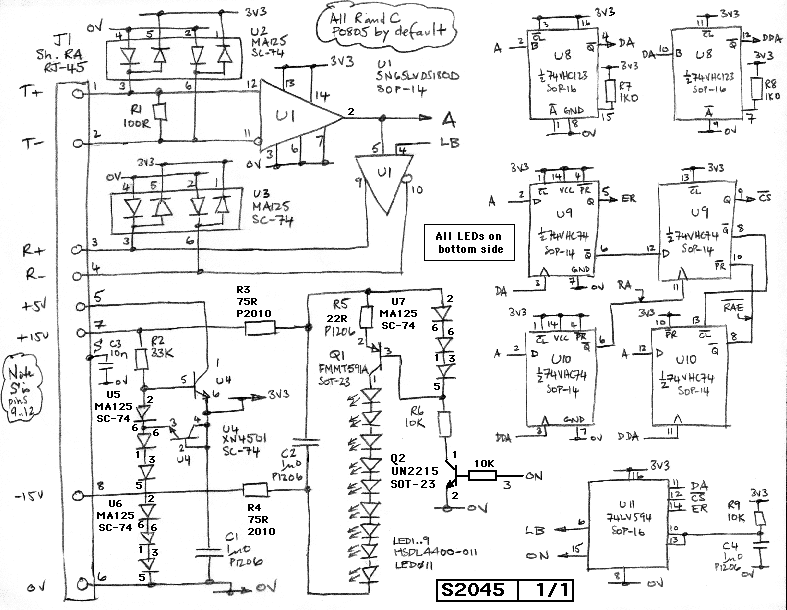
Model 1681 Instruction Manual
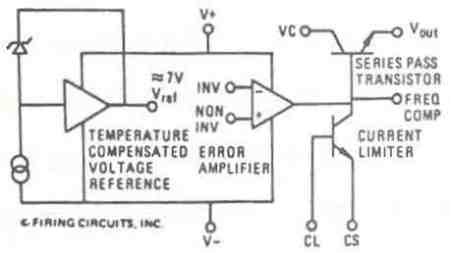
This manual applies to all integral horsepower DC motor controls within this series, ranging from 40 HP to 300 HP. The integrated circuit regulator selection of these DC motor controls is modular in construction, allowing for minimal downtime in the event of a malfunction. Exceptional speed regulation and torque limiting are achieved throughout their entire operating range. Operational features include minimum and maximum speed adjustments, acceleration and deceleration controls, current limit adjustments, and IR compensation adjustments. Additionally, forcing and stabilization adjustments are provided to stabilize the drive in systems with various inertias and constants. Fault logic circuitry protects the controller from overcurrent, phase loss, incorrect phase sequence, and over-temperature conditions. The power section of the controller consists of a three-phase full-wave bridge composed of six thyristors. This configuration provides full-wave six-pulse control of the motor across the entire speed range. Thyristors, which are silicon-controlled rectifiers, conduct when their gate terminal is positively pulsed relative to the cathode. Once activated, the thyristor remains in a conducting state until the anode voltage drops to zero. Pulsing the thyristor "on" late in the half cycle, when its anode is positive, results in a small amount of DC power being delivered to the motor. Conversely, pulsing the thyristor early in the half cycle yields a larger amount of power. Thyristor switching waveforms are illustrated in section 3.1. A printed circuit board assembly, referred to as the firing circuit, generates the pulses to gate or activate the thyristors. Three pulses, spaced 60 degrees apart, switch the thyristor on at an adjustable point within each half cycle. For low-speed operation, the pulses are generated later in the half cycle, while for high-speed operation, they are generated earlier. A comprehensive description of firing circuit operation is provided in section 3.2. The speed regulator circuit governs the firing circuit by introducing a DC level output proportional to the desired speed and the error in speed due to loading. Eight trim adjustments are located on the front of the speed regulator card, including minimum and maximum speed adjustments, current limit, acceleration and deceleration settings, and IR compensation adjustments. Forcing and stability adjustments are also included. The minimum and maximum speed adjustments fine-tune the boundaries of the speed range. The acceleration and deceleration adjustments determine the time required to reach the set speed, with rates being essentially linear. The current limit adjustment enables effective torque limiting from 200% to 250% of the controller's rating, maintaining armature current constant within 5% under all conditions, including locked armature scenarios. Current limiting remains stable across all operating conditions. The IR compensation adjustment allows for speed regulation of 2.5% over a 20:1 range with armature voltage feedback. The speed regulator is further detailed in section 3.3. Fault conditions that may impede motor control operation are detected by the fault circuit on the control card, which will shut down the motor controller if conditions such as over-temperature, blown fuse, phase reversal, phase loss, or extreme overcurrent are present. The cards are electrically interlocked; removing any card while the system is operational will result in an immediate shutdown of the controller. Fault detection circuitry is discussed in section 3.4. All assemblies are mounted on a painted steel panel, with electrically conductive items positioned on insulated panels. Each assembly and component is designed for front removal. Assemblies with heat-dissipating components have been engineered for efficient cooling. All assembled parts utilize locking hardware to withstand vibration and shock from handling and shipping. Surfaces of all metal parts exposed to corrosion are treated accordingly.
The DC motor control system described is engineered for high reliability and performance across a wide range of applications. Its modular design allows for easy maintenance and quick replacement of components, significantly reducing downtime in operational settings. The use of thyristors in a three-phase full-wave bridge configuration ensures efficient motor control, allowing for precise speed regulation and torque management. The firing circuit's ability to adjust the timing of thyristor activation based on operational speed requirements enables the system to adapt to varying load conditions seamlessly.
The integration of sophisticated fault detection mechanisms enhances the safety and longevity of the motor control system. By continuously monitoring critical parameters such as temperature, phase conditions, and current levels, the system can proactively prevent damage to the motor and associated components. The interlocking feature of the control cards ensures that any maintenance or servicing does not compromise operational safety.
Furthermore, the design considerations for cooling and vibration resistance reflect the system's robustness, making it suitable for industrial environments where reliability is paramount. The detailed adjustments available on the speed regulator card empower operators to fine-tune the system to meet specific operational needs, ensuring optimal performance in diverse applications. Overall, this DC motor control system exemplifies advanced engineering practices aimed at delivering high efficiency, safety, and adaptability in motor control applications.This manual is applicable to all integral horsepower DC motor controls of this series from 40 HPto 300 HP. The integrated circuit regulator selection of these DC motor controls are modular inconstruction, affording a minimum of down time in the event of a malfunction.
Exceptional speedregulation and torque limiting is realized over their full oper ating range. Operational features include: minimum and maximum speed adjustments, acceleration anddeceleration, current limit and IR compensation adjustments. In addition, forcing andstabilization adjustments are provided for stabilizing the drive in systems with various intertialsand the constants.
Fault logic circuitry protects the controller from over current, phase loss, incorrect phase sequence and over temperature. The power section of the controller is a three phase full wave bridge (six thyristors). Thisconfiguration yields full-wave six-pulse control of the motor over the entire speed range. Thyristors, which are silicon controlled rectifiers, conduct when their gate terminal is pulsedpositively with respect to the cathode.
Once switched on the thyristor remains conducting untilits anode voltage falls to zero. Pulsing the thyristor "on" late in the half cycle, when its anodeis positive, will cause a small amount of DC power to be delivered to the motor. Pulsing thethyristor early in the half cycle will result in a large amount of power being delivered to themotor.
Thyristor switching waveforms are shown in section 3. 1. A printed circuit board assembly called the firing circuit provides the pulses to gate or turn onthethyristors. Three pulses spaced 60 0 apart switch the thyristor on at the adjustable point in each half cycle they appear.
When low speed is called for the pulses appear late in the half cycle. When high speed is required the pulses appear earlier in the half cycle. A full description of firing circuit operation is discus s ed in section 3. 2. The speed regulator circuit controls the firing circuit by introducing a DC level output which is proportional to the desired speed and the error in speed due to loading. Eight trim adjustments are located on the front of the speed regulator card. These adjustments include minimum and maximum speed adjust, current limit, acceleration and deceleration, and IR compensation adjust.
In addition, forcing and stability adjustments are provided. Minimum and maximum speed adjustments trim the ends of the speed range. The acceleration and deceleration adjusts set the time it will take to reach the speed setting. The acceleration and deceleration rates are essentially linear. The current limit adjust will provide effective torque limiting from 200/0 to 250% of the controller rating. The current limit circuit will hold armature current constant within 5% at all conditions including locked armature.
Current limiting is stable under all conditions. The IR compensation adjust will allow speed regulation of 2. 5% over a 20:1 range with armature voltage feedback. The speed regulator is discussed in section 3. 3. Fault conditions which might hinder operation of the motor control are sensed by the fault circuit on the control card. This circuit will shut the motor controller down if conditions of over temperature, blown fuse, phase reversal, phase loss or extreme overcurrent are present.
The cards are interlocked electrically; removing any card while the system is running will cause immediate shut down of the controller. Fault detection circuitry is discussed in section 3. 4. All assemblies are mounted on a painted steel panel with electrically conducting items mounted on insulated panels.
Every assembly and part is front removable. Assemblies with heat dissipating components have been carefully designed for efficient cooling. All assembled parts use locking hardware to withstand vibration and shock from handling and shipping. Surfaces of all metal parts subject to corrosion ar 🔗 External reference
The DC motor control system described is engineered for high reliability and performance across a wide range of applications. Its modular design allows for easy maintenance and quick replacement of components, significantly reducing downtime in operational settings. The use of thyristors in a three-phase full-wave bridge configuration ensures efficient motor control, allowing for precise speed regulation and torque management. The firing circuit's ability to adjust the timing of thyristor activation based on operational speed requirements enables the system to adapt to varying load conditions seamlessly.
The integration of sophisticated fault detection mechanisms enhances the safety and longevity of the motor control system. By continuously monitoring critical parameters such as temperature, phase conditions, and current levels, the system can proactively prevent damage to the motor and associated components. The interlocking feature of the control cards ensures that any maintenance or servicing does not compromise operational safety.
Furthermore, the design considerations for cooling and vibration resistance reflect the system's robustness, making it suitable for industrial environments where reliability is paramount. The detailed adjustments available on the speed regulator card empower operators to fine-tune the system to meet specific operational needs, ensuring optimal performance in diverse applications. Overall, this DC motor control system exemplifies advanced engineering practices aimed at delivering high efficiency, safety, and adaptability in motor control applications.This manual is applicable to all integral horsepower DC motor controls of this series from 40 HPto 300 HP. The integrated circuit regulator selection of these DC motor controls are modular inconstruction, affording a minimum of down time in the event of a malfunction.
Exceptional speedregulation and torque limiting is realized over their full oper ating range. Operational features include: minimum and maximum speed adjustments, acceleration anddeceleration, current limit and IR compensation adjustments. In addition, forcing andstabilization adjustments are provided for stabilizing the drive in systems with various intertialsand the constants.
Fault logic circuitry protects the controller from over current, phase loss, incorrect phase sequence and over temperature. The power section of the controller is a three phase full wave bridge (six thyristors). Thisconfiguration yields full-wave six-pulse control of the motor over the entire speed range. Thyristors, which are silicon controlled rectifiers, conduct when their gate terminal is pulsedpositively with respect to the cathode.
Once switched on the thyristor remains conducting untilits anode voltage falls to zero. Pulsing the thyristor "on" late in the half cycle, when its anodeis positive, will cause a small amount of DC power to be delivered to the motor. Pulsing thethyristor early in the half cycle will result in a large amount of power being delivered to themotor.
Thyristor switching waveforms are shown in section 3. 1. A printed circuit board assembly called the firing circuit provides the pulses to gate or turn onthethyristors. Three pulses spaced 60 0 apart switch the thyristor on at the adjustable point in each half cycle they appear.
When low speed is called for the pulses appear late in the half cycle. When high speed is required the pulses appear earlier in the half cycle. A full description of firing circuit operation is discus s ed in section 3. 2. The speed regulator circuit controls the firing circuit by introducing a DC level output which is proportional to the desired speed and the error in speed due to loading. Eight trim adjustments are located on the front of the speed regulator card. These adjustments include minimum and maximum speed adjust, current limit, acceleration and deceleration, and IR compensation adjust.
In addition, forcing and stability adjustments are provided. Minimum and maximum speed adjustments trim the ends of the speed range. The acceleration and deceleration adjusts set the time it will take to reach the speed setting. The acceleration and deceleration rates are essentially linear. The current limit adjust will provide effective torque limiting from 200/0 to 250% of the controller rating. The current limit circuit will hold armature current constant within 5% at all conditions including locked armature.
Current limiting is stable under all conditions. The IR compensation adjust will allow speed regulation of 2. 5% over a 20:1 range with armature voltage feedback. The speed regulator is discussed in section 3. 3. Fault conditions which might hinder operation of the motor control are sensed by the fault circuit on the control card. This circuit will shut the motor controller down if conditions of over temperature, blown fuse, phase reversal, phase loss or extreme overcurrent are present.
The cards are interlocked electrically; removing any card while the system is running will cause immediate shut down of the controller. Fault detection circuitry is discussed in section 3. 4. All assemblies are mounted on a painted steel panel with electrically conducting items mounted on insulated panels.
Every assembly and part is front removable. Assemblies with heat dissipating components have been carefully designed for efficient cooling. All assembled parts use locking hardware to withstand vibration and shock from handling and shipping. Surfaces of all metal parts subject to corrosion ar 🔗 External reference
